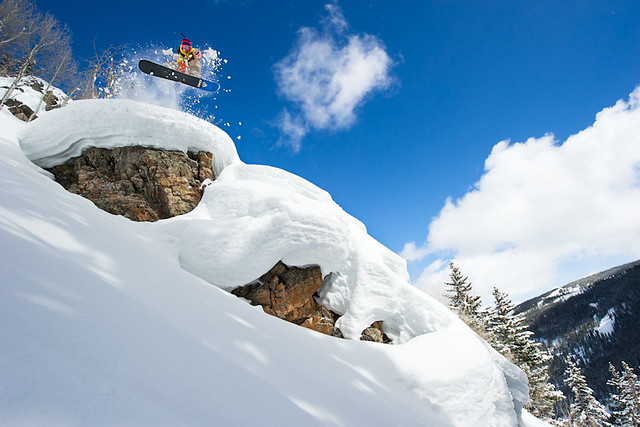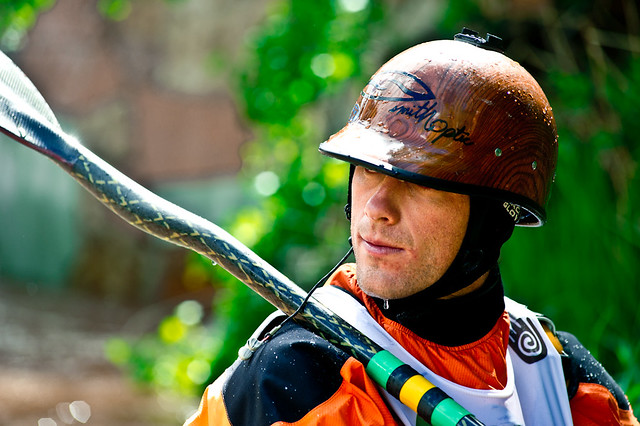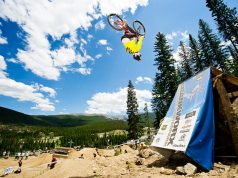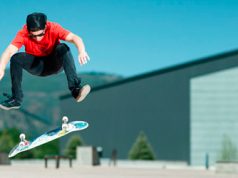Most action sports are at high-speed and if you don’t want to be shooting at high-iso’s all the time to keep your shutter speed up, you’ll want fast glass to shoot with.
A lens is classified as “fast” when it has a very wide maximum aperture. Typically a professional level lens will shoot at about f/2.8. The smaller the number, the faster and sharper the lens is, and of course, the more expensive the lens. To achieve a faster shutter, there are really only two options, raise that ISO (more noise), or lower the aperture (need a fast lens).
Extremly low DOF at f/1.8 using the Canon 85mm f/1.2L II
Since lenses are the longest lasting pieces of equipment that you’ll use, you want to put your money into these when you first start shooting. An awesome camera may seem like the best first investment, but the lens is far longer lasting and won’t need to be upgraded for a long time. When you are out looking for gear, save up for a little longer, or buy a cheaper camera body, to make sure you can get the fastest lens possible.
Another advantage (and disadvantage) of shooting with the lens wide-open, is that you get a very shallow depth of field. This is a quality that simply can’t be achieved with amateur point and shoot cameras. When a client looks at a shot that has shallow depth, they instantly think of you as more professional. The disadvantage here is that it’s far more difficult to focus with the lens wide open. The slice that’s in focus is smaller, and since sports move fast, it’s tough to get the action in focus.
There’s definitely a time and a place to use shallow depth of field, and it’s something that takes some practice to learn. If you have the available light, and are unsure of your focus, stop the lens down a bit to say f/4 or 5.6 to get more in focus. In this case you wouldn’t need the fastest lens out there, but it’s better to have the option. You’ll also get sharper images with faster lenses since they are built for professionals.
Lens is stopped down to f/7.1 to ensure sharp focus on athlete, and because there is plenty of available light.
Lenses depth of field will also change depending on the zoom amount. With a fisheye at f/2.8, you really won’t get a super shallow depth of field, set a 200mm zoom at 2.8 and the slice of focus may only be a few inches deep. This also changes the further you are from your subject. If you’re very zoomed in and close to a subject with a wide aperture, the depth of field will be incredibly shallow. Move them further away and it won’t have quite the same shallow look.
When the action stops and you’re shooting lifestyles and capturing candid moments, a fast lens is indispensible. The shallow depth of field adds more feeling to the shot and keeps the viewer focused where you want them to focus. A solid f/1.8 50mm lens will do a great job here, and these only cost about $100-180!
If you want professional looking images, or want to make a living as a photographer, spend your money on lenses! You may be Ga-ga for that new camera body, but you’ll still get great images with a lesser body, and you’ll be able to afford better lenses. For more lens information, and our recommendations, check out the APS Lens Guide here.








